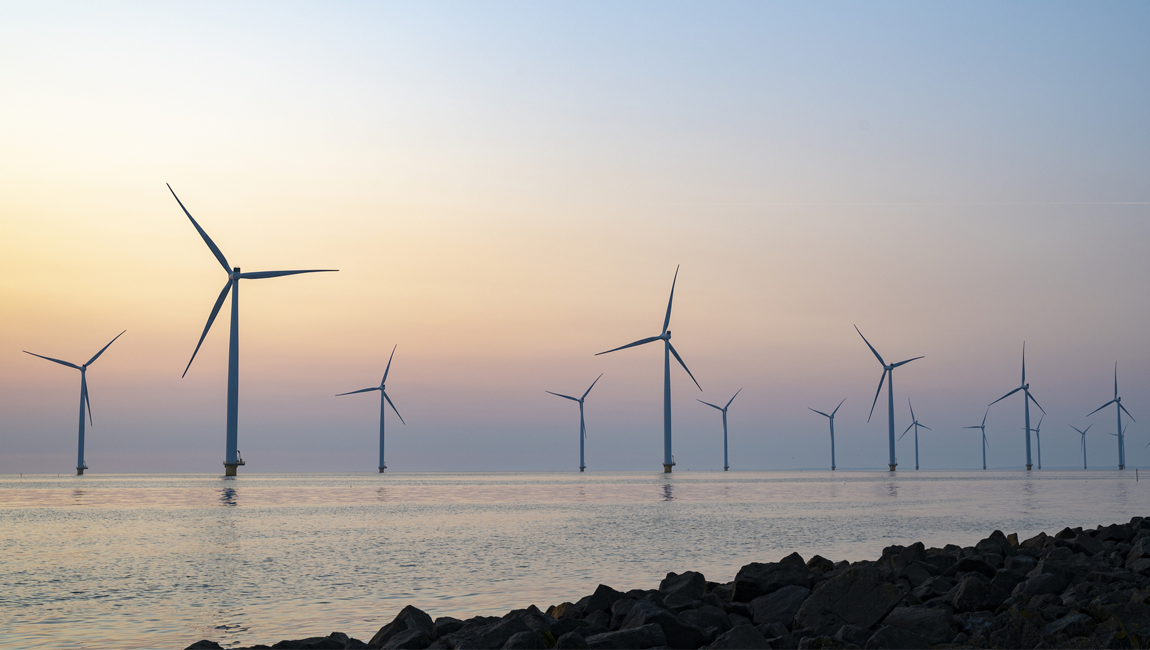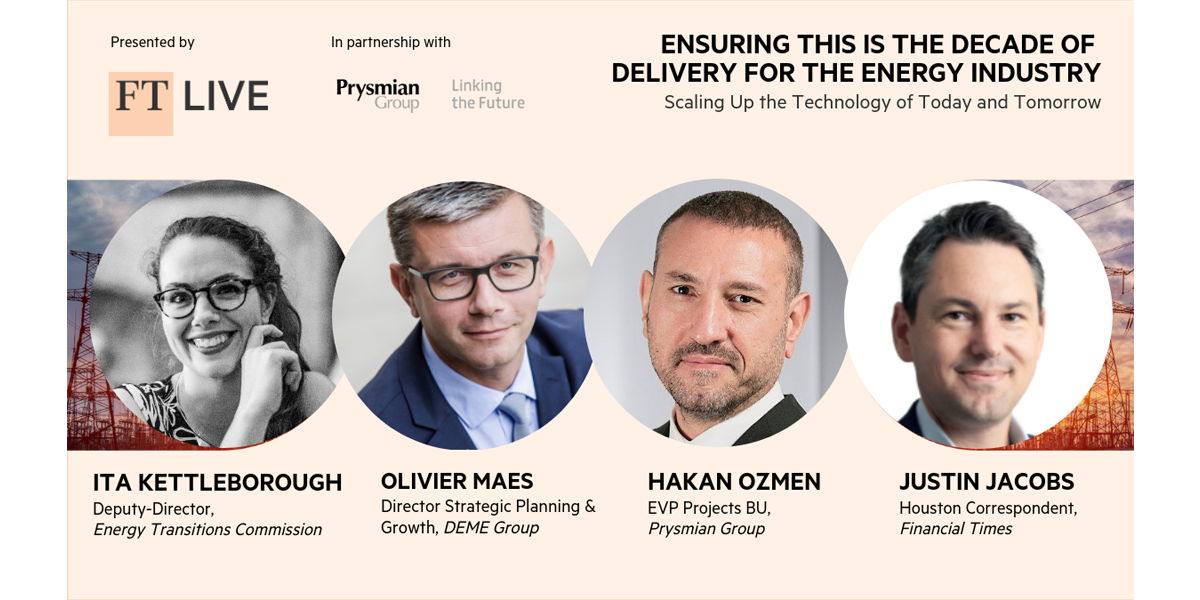Prysmian Group and the role of upgraded power grids in the energy transition

Achieving net zero targets by 2030 will require upgrading our infrastructure to support the energy technology of the future. Prysmian Group is playing a role by developing the innovative, robust cables systems needed for tomorrow’s flexible and smart energy grids, will say Hakan Ozmen, Executive Vice President Project Business and CEO of Prysmian Powerlink, at the FT’s Digital Dialogue “Ensuring This is the Decade of Delivery for the Energy Industry.”
Ozmen and his co-panelist Olivier Maes, DEME Group’s Strategic Director for Planning & Growth and Ita Kettleborough, Deputy-Director, Energy Transitions Commission, will provide their critical insights into how the energy transition can be accelerated using scalable technology today. They will take a deep dive into what the cables industry can and is doing to help build the robust power grids of the future needed to support the electrification of heating systems, industry and transport. The December 2 panel will be hosted by the Financial Times and Prysmian Group, and moderated by Justin Jacobs, FT Houston Correspondent. Hakan Ozmen will present also a company white paper detailing Prysmian Group’s role as an enabler of the energy transition. It goes beyond smart grids to encompass inter-array cables for wind farms, floating wind farms, and fully recyclable cables like the P-Laser. Interconnectors transporting power from one place to another are a vital part of tomorrow’s energy grid, and Prysmian has developed industry-leading expertise in this area with connections that are setting new records for length and power, be they underwater or below ground.

Prysmian Group is developing intelligent solutions like the SOO Green HVDC link connecting two of the largest energy markets in the US, an underground cable installed along existing railroad rights of way, said Hakan Ozmen. The German Corridors project is another example. These massive three-part interconnectors deliver clean electricity from the North Sea region - where clean wind energy is generated - to cities and factories hundreds of kilometers away in the south - where energy is consumed, using new 525 kV HVDC cable systems with a higher voltage capacity to provide optimal technical solutions for more efficient, reliable and eco-friendly power transmission over long distances.




